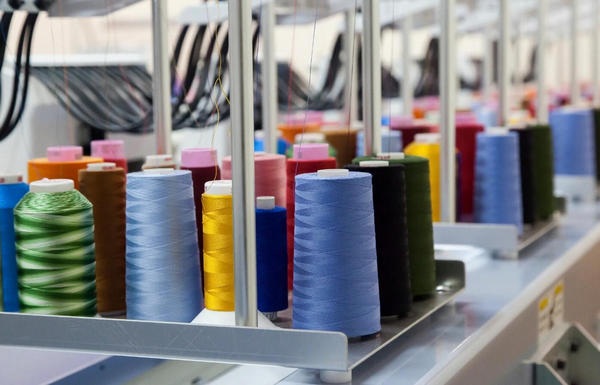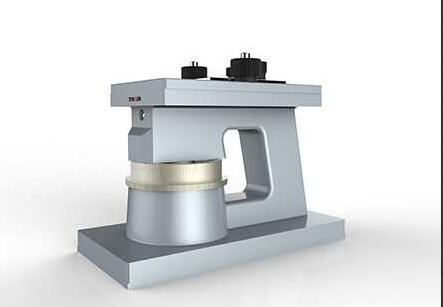8 Tips for Choosing the Right Fiber Microtome
The fiber microtome is a device that cuts thin slices of biological specimens for microscopic examination. Fiber microtomes are widely used in histology, pathology, and neuroscience research. Choosing the right fiber microtome for your needs can be challenging, as there are many factors to consider. Here are 10 tips to help you make an informed decision.

1. Consider the type of specimen you want to slice. Different types of specimens require different types of fiber microtomes. For example, if you want to slice soft tissues, such as brain or liver, you may need a cryostat or a vibratome. If you want to slice hard tissues, such as bone or teeth, you may need a saw microtome or a sledge microtome.
2. Consider the thickness of the slices you need. The thickness of the slices depends on the purpose of your study and the resolution of your microscope. For example, if you want to perform immunohistochemistry or fluorescence microscopy, you may need slices that are 5 to 50 micrometers thick. If you want to perform electron microscopy, you may need slices that are less than 1 micrometer thick.
3. Consider the quality of the slices you need. The quality of the slices depends on the sharpness of the blade, the stability of the specimen holder, and the precision of the cutting mechanism. For example, if you want to preserve the morphology and integrity of your specimen, you may need a fiber microtome that has a diamond or glass knife, a rigid clamp or chuck, and a motorized or automated feed.
4. Consider the speed and efficiency of the slicing process. The speed and efficiency of the slicing process depends on the size and shape of your specimen, the number of slices you need, and the ease of operation and maintenance of the fiber microtome. For example, if you want to slice large or irregular specimens, you may need a fiber microtome that has a wide or adjustable cutting window. If you want to slice multiple specimens at once, you may need a fiber microtome that has a multiple specimen holder or a carousel.
5. Consider the safety and ergonomics of the slicing process. The safety and ergonomics of the slicing process depends on the design and features of the fiber microtome. For example, if you want to avoid injuries or infections from handling sharp blades or contaminated specimens, you may need a fiber microtome that has a blade guard or a disposable blade system. If you want to avoid fatigue or strain from repetitive motions or awkward postures, you may need a fiber microtome that has a comfortable handle or a foot pedal.
6. Consider the cost and availability of the fiber microtome. The cost and availability of the fiber microtome depends on the brand and model of the device, as well as the supply and demand in your region. For example, if you want to save money or have limited funds, you may need to compare prices or look for discounts from different vendors or manufacturers. If you want to have quick access or avoid delays in delivery, you may need to check inventory or availability from local or online sources.

7. Consider the warranty and service of the fiber microtome. The warranty and service of the fiber microtome depends on the terms and conditions offered by the vendor or manufacturer, as well as the reliability and durability of the device. For example, if you want to have peace of mind or avoid unexpected costs in case of malfunction or damage, you may need to look for a fiber microtome that has a long or comprehensive warranty period or coverage. If you want to have prompt or professional assistance in case of technical issues or questions, you may need to look for a fiber microtome that has a dedicated or qualified customer service team.
8. Consider the reviews and ratings of the fiber microtome. The reviews and ratings of the fiber microtome depend on the feedback and opinions from other users or experts who have used or tested the device. For example, if you want to have an unbiased or objective evaluation of the performance and quality of the fiber microtome, you may need to look for reviews or ratings from reputable sources such as journals, magazines, websites, blogs, forums, etc.

